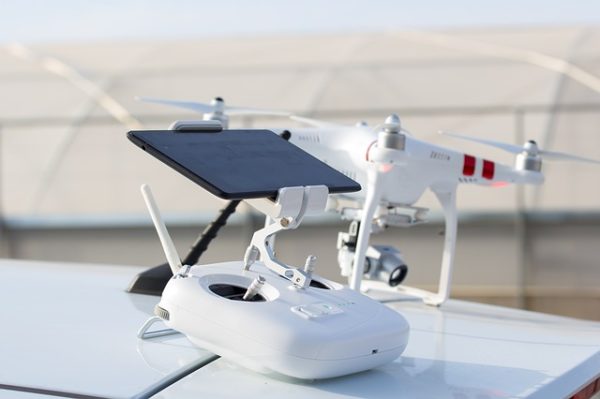Is that an OSHA Drone Flying Over Your Roofing Job?

By Karen L. Edwards, RCS Editor.
A recent OSHA memo obtained by Bloomberg under the Freedom of Information Act authorizes investigators to use drones during inspections.
The OSHA memorandum to regional administrators dated May 18, 2018 addresses the use of Unmanned Aircraft Systems by OSHA. The memo states that “UAS may be used to collect evidence during inspections in certain workplace settings, including areas that are inaccessible or pose a safety risk to inspection personnel.”
While most contractors strive to ensure the safest working conditions for their employees and crews, OSHA using drones could bring new concerns to employers. As Todd B. Logsdon and Chantell C. Foley of Fisher Phillips wrote in a recent article on Lexicology, an area of concern should be your Fourth Amendment right to object to the expansion of an overbroad expansion. If you say no, does it end there, or will OSHA seek a search warrant?
The memo indicates that inspectors should obtain “express consent” from the employer prior to using UAS on any inspection. This doesn’t address, however, if there are multiple employers on the job site. What constitutes express consent when multiple employers are present?
The OSHA memo spells out that Regional UAS Program Managers will be established in any region using UAS for inspections while it explores a blanket Certificate of Authorization from the Federal Aviation Administration that would allow nationwide operations.
So, what should you be doing now? Logsdon and Foley suggest that contractors be prepared with a response strategy. Designate an employee who can stand with the OSHA drone operator, just as they would with a rooftop inspection. They also recommend that you not be afraid to limit the inspection. You should be part of the flight planning and should speak up if you don’t agree with the plan.
Trent Cotney, president of the Cotney Construction Law firm, advises employers to proceed with caution when faced with an OSHA request to perform a safety inspection with drone technology. “Employers may want to deny OSHA’s request to the use of drone technology because it opens the door to citations for hazards in plain sight,” he stated. Even though the employer and OSHA investigator have agreed to a specific investigation scope and flight plan, if OSHA finds recognized hazards in “plain sight” they can still issue citations for same. Cotney finished by saying “while the precise legal ramifications of drone inspections may not be crystal clear at this point in time, it’s certain that drones are here to stay.”
There are a lot of factors for contractors to be aware of surrounding the use of drones in general and now their use by OSHA for inspections. Stay up-to-date with the latest news on issues like this by signing up for the RoofersCoffeeShop® Week-in-Review e-news.























Comments
Leave a Reply
Have an account? Login to leave a comment!
Sign In